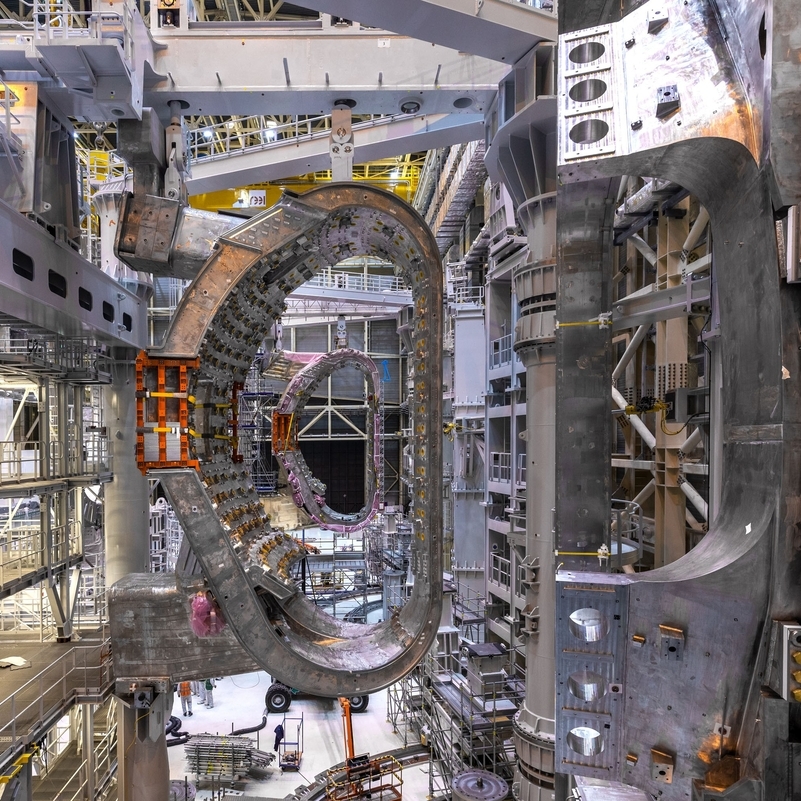The ITER (International Thermonuclear Experimental Reactor)organization and the Barcelona Supercomputing Center-Centro Nacional de Supercomputación (BSC-CNS) have signed an agreement on academic and scientific cooperation early this year. This agreement underlines the importance of promoting academic and scientific progress between the two institutions. Thus, boosting the training of young researchers and engineers by giving the possibility of joint supervision of PhD students and training and exchange of scientists and engineers. Among other possibilities, the door is also open for joint research projects on nuclear fusion.
Collaboration BSC and ITER
This Agreement reinforces the strong link between the Fusion Group at BSC and ITER. The Fusion Group has been collaborating with the ITER organization for a long time in various ways. In 2017, a Memorandum of Understanding was signed, which gave room for collaborations and, in particular, for the implementation and code development within the ITER Integrated Modelling & Analysis Suite (IMAS). A project on numerical methods for ELMs mitigation using pellets was also carried out, see here.
About ITER
ITER ("The Way" in Latin) is one of the most ambitious energy projects in the world today.
In southern France, 35 nations* are collaborating to build the world's largest tokamak, a magnetic fusion device that has been designed to prove the feasibility of fusion as a large-scale and carbon-free source of energy based on the same principle that powers our Sun and stars.
The primary objective of ITER is the investigation and demonstration of burning plasmas—plasmas in which the energy of the helium nuclei produced by the fusion reactions is enough to maintain the temperature of the plasma, thereby reducing or eliminating the need for external heating. ITER will also test the availability and integration of technologies essential for a fusion reactor (such as superconducting magnets, remote maintenance, and systems to exhaust power from the plasma) and the validity of tritium breeding module concepts that would lead in a future reactor to tritium self-sufficiency.
Related information here:
- https://www.bsc.es/news/bsc-news/iter-and-bsc-tighten-their-collaboration-simulate-the-process-fusion-power-generation
- https://www.bsc.es/news/bsc-news/bsc%E2%80%99-researcher-will-coordinate-key-fusion-experiments-preparation-iter-1
Caption: © Organización ITER, http://www.iter.org/

